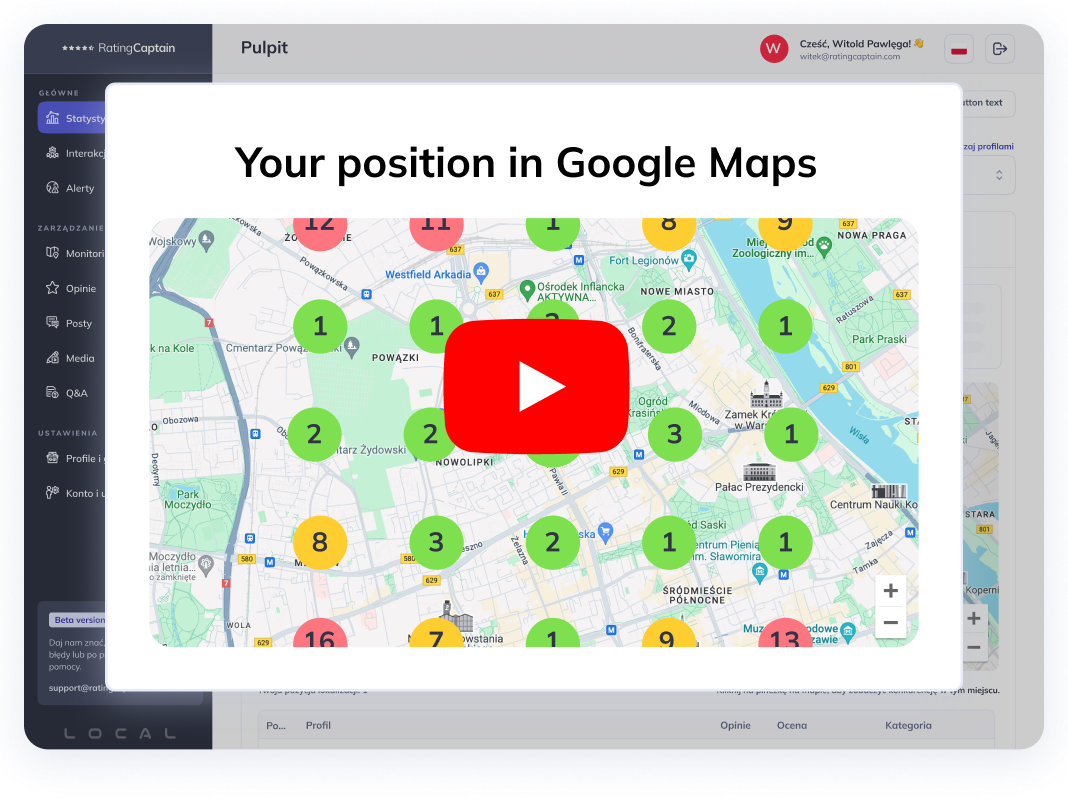

Pros and cons: Automatic translation of web pages in the browser

Table of contents
Automatic translation of websites is the process of translating the content of a website from one language to another using special translation software. This process can be done in real-time, without the need to refresh the page, or by translating the entire page and displaying the translated version as a separate webpage. Automatic translation of websites is based on artificial intelligence and machine learning, which allows for the translation of website content in real-time or after translating the entire page. Translation software analyzes the text using statistical algorithms or neural networks to understand the context and meaning of words, and then translates it into another language. One of the most popular tools for automatic translation of websites is Google Translate (Google Translate services), which offers the ability to translate between over 100 languages. However, due to the limitations of artificial intelligence and differences between languages, automatic translation is often imperfect and can lead to errors or misunderstandings in the translated content. Therefore, it is recommended to use professional translators for important documents or communications, who have the necessary language and cultural skills. What are the advantages and disadvantages of automatic translation of websites? Advantages: - Speed: Automatic translation is fast compared to traditional translation methods, especially for languages other than English. It can be done with just one click. - Accessibility: Most web browsers and websites offer automatic translation, making it easily accessible to users without the need to upload text files. - Cost: Automatic translation is usually cheaper than human translation, especially for long documents or websites. - Multilingualism: Automatic translation allows for easy translation between multiple languages, which is particularly useful for people using different languages. - Instant updates: Automatic translation allows for immediate updating of translations when a website is changed or updated. Disadvantages: - Imperfections: Automatic translation translates text literally, not always preserving its original meaning, which can lead to errors and misunderstandings. - Language barriers: Automatic translation only translates written content, meaning it cannot solve problems with verbal communication. - Grammatical errors: Automatic translation software can make grammatical errors or typos, which can lead to misunderstandings. - Lack of context: Automatic translation software cannot understand the context and intentions of the writer, which can lead to interpretational errors. - Lack of cultural adaptation: Automatic translation software cannot check and consider cultural differences between languages, which can lead to misunderstandings and offending others. What are other language translation extensions and plugins for browsers? There are many browser translation extensions that can be used to enhance access to various websites in languages that the user may not understand. These browser extensions allow for the translation of websites with just one click, enabling users to access content in multiple languages by changing the language. Popular translation extensions include Google Translate, Microsoft Translate, and DeepL Translator. Each of these extensions allows users to instantly translate text on websites into their preferred language. Additionally, these extensions offer features such as automatic language detection and the ability to hear translations read aloud. With these tools, users can quickly and easily navigate websites written in foreign languages without the need for additional software or knowledge. How to work with language extensions for browsers? Language extensions for browsers are a great way to expand your set of linguistic tools. With the right extension, you can easily translate an entire website into a foreign language. It's as simple as downloading the extension and selecting the language in which you want to display the website. The browser will automatically download the translated version of the page, allowing you to easily read it in your native language. This is especially useful when browsing websites that are primarily written in a language other than your own. With just a few clicks, you can quickly translate any website and start learning more about foreign languages. How to enable page translation in Google Chrome browser settings? Enabling page translation in Google Chrome is an easy and convenient way to overcome language barriers. To do this, the user needs to open the Chrome browser and click on the three stacked dots in the top right corner of the screen. Clicking on this button will bring up a menu with multiple options, from which the user can select "Translate". This will open the webpage translation tool, which is designed to translate any webpage into another language. By default, the translated language will be set to what Chrome detected as the user's language, but this can be changed by selecting a different language from the provided list. If the user wants to manually select the language to which the page should be translated, they can right-click any text on the page and select the "Translate to" option, followed by the preferred language. With these simple steps, Google Chrome makes it easy and accessible for all users to translate webpages into any other language. How to translate a website in foreign languages in Safari? Enabling page translation in Safari is a quick and easy process. Safari is the default browser for Mac devices, but you can also use Chrome if you prefer. To enable page translation, first go to the website you want to translate and click on the language bar at the top of the page. Here, a list of languages will be presented from which you can select the desired language. After selecting, an icon will appear near the address bar indicating that the translation feature has been enabled. You can then click on this icon to view the webpage translated into the selected language. With the translation feature in Safari, you can easily access websites in any language and ensure that browsing is not hindered by language barriers. How to enable page translation in Firefox browser settings? Enabling page translation in Firefox is a simple process. To start, open the Firefox browser and select the Google Translate option in the top right corner of the page. It will expand to reveal several options, one of which is enabling page translation. Select this option to have pages automatically translated into the default language set by Google Chrome or change it to any other language. After the change, all pages that can be translated will be automatically translated while browsing in Firefox. If you want to use a translator other than Google Translate, you can go into the browser settings and change it there. This way, you can use other online translation services such as Bing Translator or Yandex Translate instead of relying solely on Google's service. Enabling page translation in Firefox is easy and allows for easier reading of webpages through their automatic translation into the preferred language. How to handle automatic online page translation in Opera? Changing the user language If you want to enable page translation in Opera, it is easy to do so. The browser has a built-in feature that makes translating any website convenient. To expand this feature, you can use the Google Translator extension, which is available for both Opera and Firefox, as well as for download and installation on Android and iOS systems; dictionary support by MacOS and Windows anywhere. With the Google Translator extension, you have access to even more advanced website translation options. It also provides access to translation features such as automatic language detection and translation of phrases or words. After installation, simply click on the icon next to the address bar and select the language from the drop-down menu. Then hit "Translate" and get ready to read your translated webpage in an instant!
Please rate this article
Local SEO tool
for agencies
Automate your local SEO
and track Google Maps visibility

